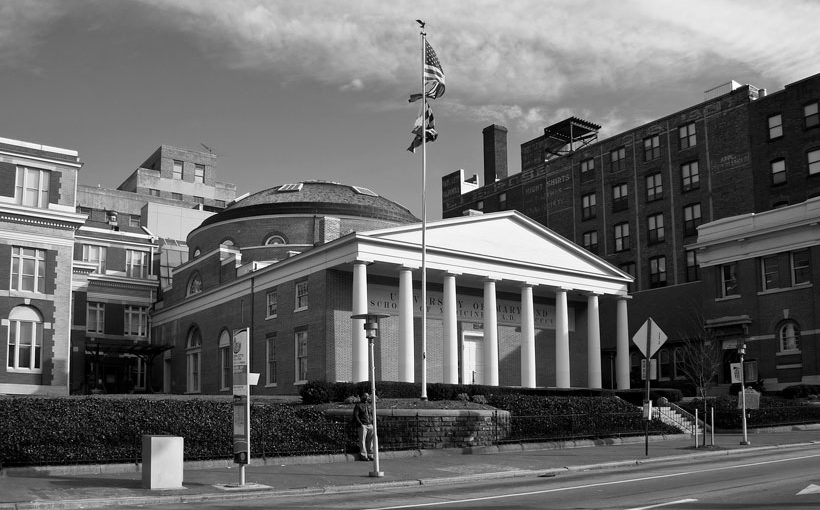University of Maryland, Baltimore

A commendable effort to reduce energy load and lesson carbon impact.
In 2006, the State of Maryland passed legislation which required that energy consumption for all state buildings must be reduced by 5% in 2009 and 10% in 2010. The University of Maryland, Baltimore (UMB) was already ahead of the game; examining efficiency programs to find cost-effective measures to save energy and expenses on its campus.
Working with PJM Interconnection, the regional transmission organization (RTO), and Comverge, Inc., [CPower] a leading provider of clean energy solutions through Demand Response, Michael Krone, PE, CEM utility operations manager for UMB, found:
“By serving as our curtailment service provider (CSP), or broker, in the PJM DR programs, Converge [CPower] facilitated the reduction of our peak demand and overall consumption, which ultimately helped reduce our carbon footprint and emission levels. Comverge provided the resources to monitor real-time market pricing, develop load profiles, and create customer baselines. Comverge’s graphical tools have been invaluable to our success in the PJM DR programs.”
UMB enrolled in Comverge’s Real-Time Economic Load Response and its Reliability Pricing Model (RPM) programs. These programs offered assistance from energy analysts and delivered load profiling and IT support, consumption analytics and graphics, and other conservation initiatives.
Strategies
With the help of Comverge [CPower], UMB implemented strategies that reduced its energy load and helped meet the new legislative requirements:
- Using an existing 20,000 ton-hour/2,000- ton output thermal storage system to shift air conditioning loads from daytime on-peak operation to nighttime off-peak operation.
- Remotely controlling lighting in public areas and turning off all non-essential lighting during periods of high demand.
- Switching lighting and HVAC loads in real time via remote control from occupancy sensors local building automation systems.
- Temporarily raising HVAC return-air set points for 30 minutes or less to reduce cooling demand. Since the level of thermal inertia for a building is typically 45 minutes or more, this effort is transparent.
- Placing a portion of chilled water production on a current limiting mode for 30-minute periods. To ensure this activity remains transparent to the building occupants, only a fraction of overall production is in conservation mode at any given time, and the operation shifts between facilities.
- Deploying a Building Automation Network that monitors and controls the individual automation system(s) in each building from a central location.
Results
UMB reduced its load by more than 20,000,000 kWh in just two years. That’s the equivalent of two months of the school’s electrical consumption, or powering 10,000 homes for the same period.
“University of Maryland, Baltimore is a great example of what just one campus can do to reduce its energy load and lessen its carbon impact. The university should be commended for its innovation and forward thinking.”
─ George Hunt, Comverge senior vice president, Commercial Sales



Comments are closed.